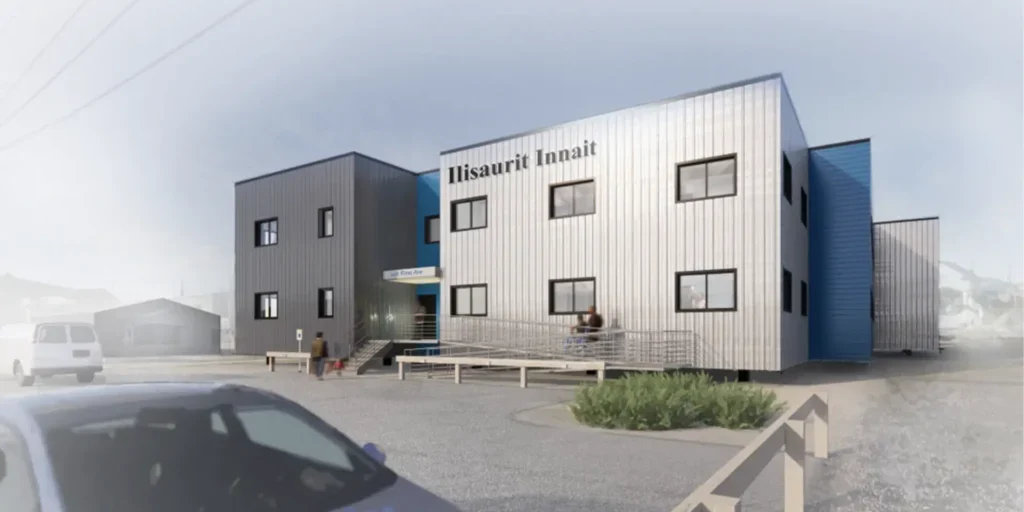A new 18-unit housing complex for Nome Public Schools employees and public safety officers is inching closer to construction, as a bill with $4 million in new funding for the project passes through Congress.
Senator Lisa Murkowski announced the funding as part of the Senate’s FY25 Transportation, Housing, and Urban Development (THUD) bill in a press release issued on July 29, noting that the investments are yet to be finalized.
“Whether affordable housing, safer air travel, modern infrastructure, fisheries health, or public safety, I worked hard to address Alaska’s most pressing needs and priorities through these bills,” Murkowski said. “While the investments they contain aren’t final, yet, I will continue to push for their enactment so that communities across Alaska can realize the significant benefits they will provide.”
The housing complex, planned to be built on the site of the old ice rink, would feature both two and three-bedroom units. The location was selected for its proximity to essential services including Nome Elementary School, the hospital, and grocery stores.






